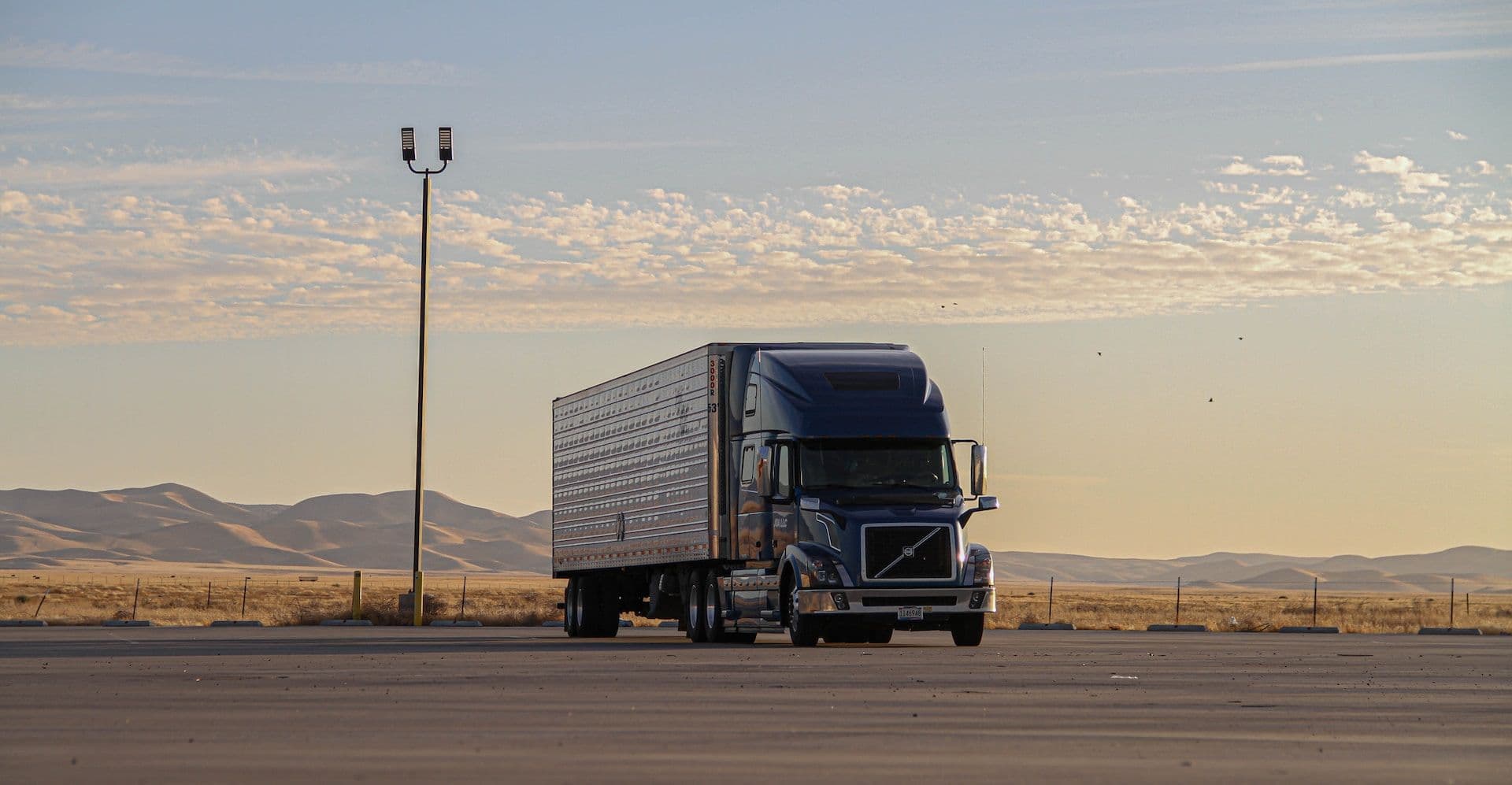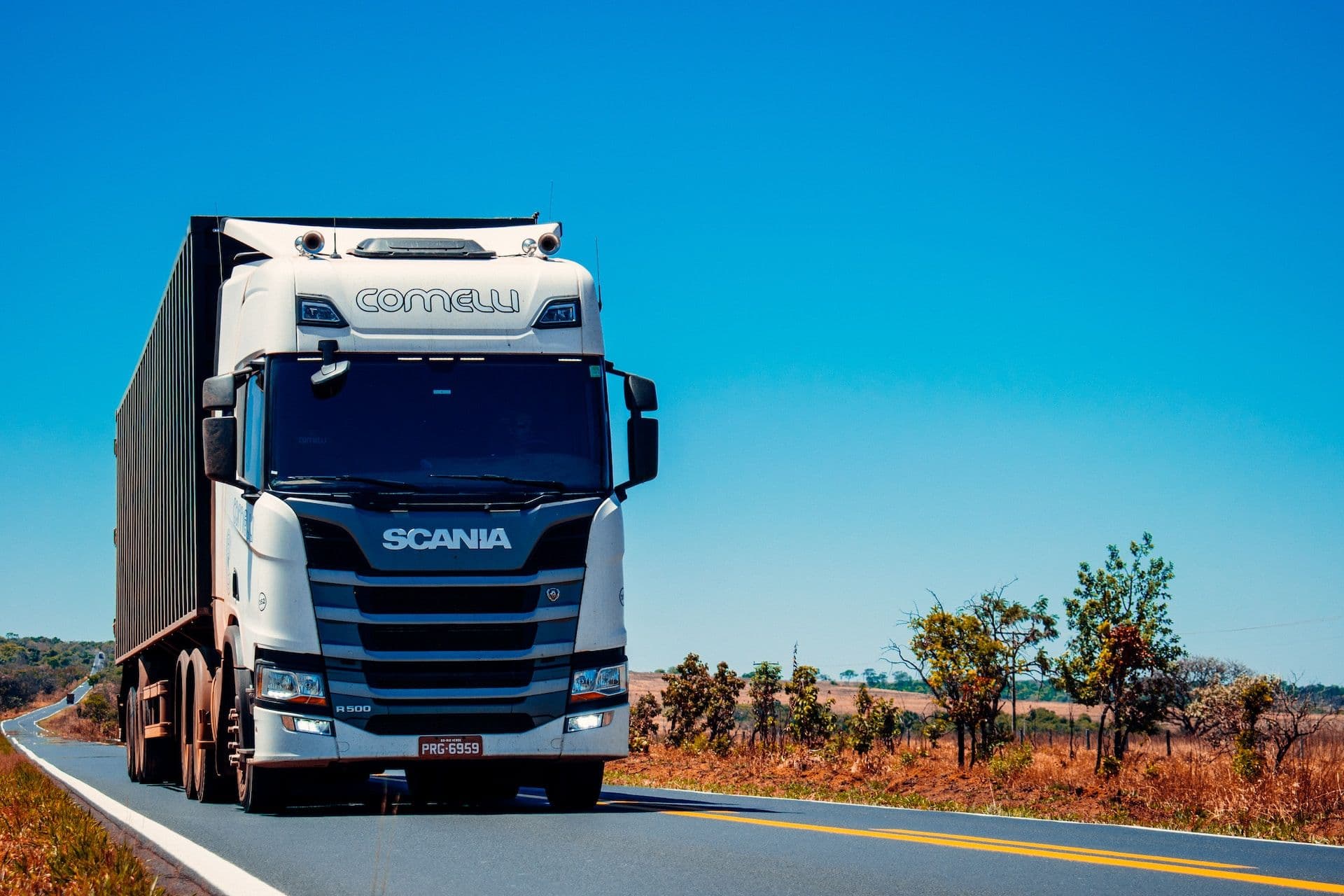Los Angeles, the Busiest US Container Port, Plans Even Bigger Future
While the global supply chain experienced fluctuations in 2024, one constant emerged: a relentless flow of ocean containers through the Port of Los Angeles. As the busiest U.S. maritime trade hub, it moved a staggering 10.3 million container units in 2024, marking a record 1.7 million TEUs, nearly 20% higher than the previous year.
"That is our second-best year in the 117-year history of the Port of Los Angeles," declared Executive Director Gene Seroka at the annual State of the Port event. Despite finishing shy of the 2021 record of 10,677,610 TEUs, the port's achievement demonstrated resilience and a nearly 20% volume increase over 2023.
An Exceptional Year for Growth
Total traffic in December, a typically weaker month post-holiday merchandise surge, reached 921,617 TEUs—a 24% year-over-year increase. Loaded imports soared to 460,916 TEUs, a 26% rise, while loaded exports fell by 9%, totaling 110,484 TEUs. Empty containers, a precursor of import flows, rose 37% from December 2023, reaching 350,218 TEUs.
Such traffic is driven by a strong U.S. economy, top-tier labor force, and significant investments by major railroads, such as Union Pacific and BNSF. With the port operating at 80% capacity, as noted in a fall media briefing, there remains room for continued growth.
Leveraging Technology and Data
The Port Optimizer, launched in 2017, along with the new Universal Truck Appointment System introduced in 2024, are keystones in advancing cargo flow. "This system provides drivers a unified interface to schedule appointments at terminals, enhancing the workflow for our 20,000 truckers," Seroka explained. Already, positive results from these improvements are visible.
Set to integrate systems with the neighboring Port of Long Beach, the port's advancements promise a seamless experience leveraging real-time tracking data. "Every four containers moved creates a job," Seroka noted, highlighting a direct link between market speed and workforce expansion. Notably, longshore registration has increased by 27% over the past decade.
Infrastructure and Sustainability: A Balanced Future
Major infrastructure projects, supported by $60 million from the U.S. Army Corps of Engineers' Harbor Maintenance Trust Fund, are pivotal for future growth. These efforts are part of a move to zero emissions by 2030, with greenhouse emissions already reduced by 24% since 2005, despite a 15% increase in TEUs and business.
The Clean Truck Program and federal grants support this green future, with intentions to deploy 250 zero-emission (ZE) trucks and replace diesel equipment. A partnership for developing a zero-emission locomotive for Union Pacific operations within the port is also underway.
The Hydrogen Hub project and other innovative pilots are setting a global standard, proving economic growth can coexist with environmental stewardship. Collaborations with international ports focus on decarbonizing vessel operations, paving the way for the world's first zero-carbon container ship by 2030.
Building a Workforce for Tomorrow
In 2024, the port opened a $16 million Maintenance and Repair Training Center, aiming to retrain and upskill workers in collaboration with educational institutions like UCLA. This forms part of broader efforts to prepare a future workforce adept in decarbonization and environmental stewardship.
"Our aim is to equip students with education needed for evolving jobs," said Seroka, emphasizing collaboration with the California Community College system to prepare for industry challenges and opportunities.
For more insights into the evolving landscape of the Port of Los Angeles and sustainable trade innovations, visit our Shop or contact our Help Center.
Related Coverage:
- Red Sea now ‘case-by-case’ for CMA CGM
- US says China pressed unfair advantages
- Sola to head Federal Maritime Commission
The post originally appeared on FreightWaves and has been adapted for our audience here.

